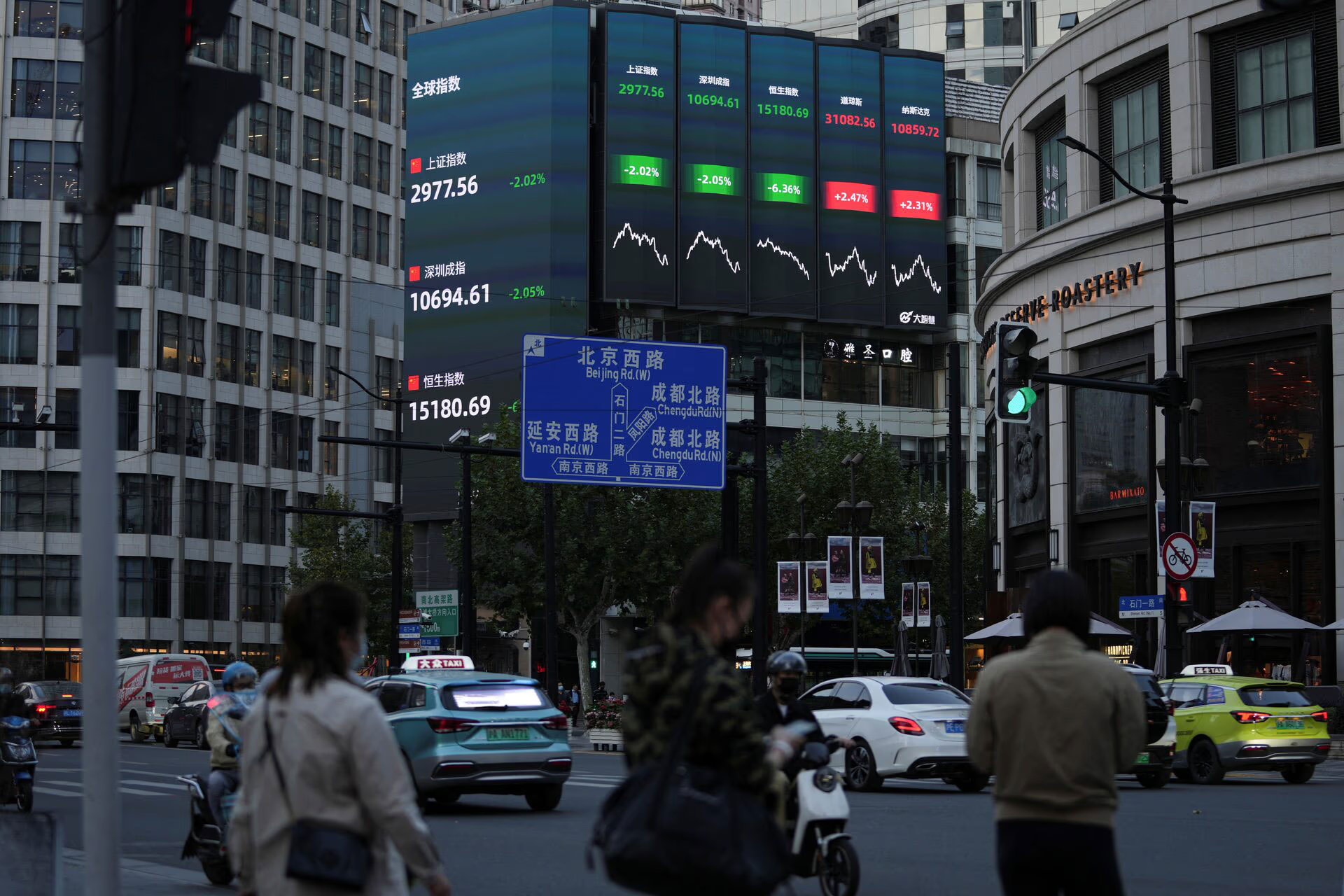Donald Trump promised a swift victory and the restoration of fairness in global trade. But more than a year on, China has not only refused to back down—it has turned its monopoly on critical resources into a tool of leverage. While the White House searches for a way out, American businesses are tallying the losses.
It has since become clear: tariffs, sanctions, and hardline negotiations have failed to force concessions from Beijing. Instead, Washington now finds itself reliant on a strategically vital sector where China holds near-total dominance—rare earth elements essential to the production of electronics, weaponry, and green technologies. China is playing the long game. The U.S. is already falling behind.
If global trade were a chessboard, China is playing from a position of strength—and the U.S. is running out of good moves. The trade war initiated by Washington has exposed an unexpected vulnerability in the American economy: its dependence on a geological accident—China’s near-total monopoly on rare earth elements essential for high-tech manufacturing.
Beijing controls the bulk of global exports of these resources, turning the U.S. into a hostage of the very conflict it started. Easing China’s export restrictions became a central condition of the temporary truce reached in May. Yet renewed delivery delays have reignited tensions.
The White House says Donald Trump and Xi Jinping are preparing for a phone call—but it has yet to take place. Beijing has not confirmed any preparations. Trump himself sounded doubtful in a Truth Social post, calling Xi "an extremely tough" negotiator.
Meanwhile, Washington’s strategy—the much-touted "90 deals in 90 days"—has yet to deliver tangible results. Some presidential directives are already facing legal challenges. Despite the overall resilience of the U.S. economy, warning signs are mounting: private-sector job growth is slowing, supply chains are faltering, prices are rising, and industrial margins are shrinking.
Some businesses are shutting down due to component shortages. A few are even considering shipping unfinished products back to China for final assembly. This not only undermines the rationale of the trade war—it also renders its objectives increasingly unclear.
Shifts of this kind in the economy usually unfold slowly: businesses operate on long cycles, and public policy tends to move with inertia. This time, there is no such luxury. "The economy isn’t a static system—it’s a living organism. It adapts, reacts, and evolves over time," said Mark Malek, Chief Investment Officer at Siebert Financial. "Unfortunately, we’re all hoping for a short-term fix to a long-term problem."
According to official statistics, U.S. annual imports of rare earth elements total just $190 million—a figure that may not seem critical. Yet behind it are materials essential to the production of more than 200 types of goods, from smartphones to lasers. Nearly every U.S. consumer depends on them.
China is facing challenges of its own: growth is slowing, and the trade war has only worsened the strain. Beijing is trying to stimulate domestic demand—with mixed results. The Trump administration is betting that China cannot go long without access to the American consumer market, and sees that as a point of leverage.
At the same time, the U.S. is accelerating supply-chain diversification. The agenda includes reforms to mining permit systems, partnerships with Canada, Australia, and several African countries, as well as WTO complaints against China. The goal is to reduce reliance on a single supplier and strengthen domestic resilience.
"The U.S. and China are the world’s two largest economies, and their interaction carries global consequences," said White House spokesperson Kush Desai. "The Trump administration remains committed to securing fair and balanced trade terms that serve American workers and businesses."
Trump once declared, "Trade wars are good and easy to win." Today, that game is at a stalemate: China has the U.S. in check—and time is not on Washington’s side.
Tariff Policy of Trump

A Tariff Truce That Solves Nothing
The US and China Lowered Mutual Tariffs to 30% and 10% for Just 90 Days—Markets Breathed, but Politics, Elections, and Structural Tensions Remain

The U.S. Is Losing Investor Confidence—But the Dollar Remains Irreplaceable
Trump’s Policies Undermine the Foundations of the Global Financial Order, Yet the Dollar Still Has No Real Rivals

What Is the One Big Beautiful Bill Act?
And Why It Will Make Rich Americans Richer—and the Poor Even Poorer

When Protectionism Backfires on the US
Why German Businesses Are Pulling Back Investment and Losing Faith in the American Market

Who Invented Trump’s Tariff Policy That Shook Global Markets?
Meet Peter Navarro

